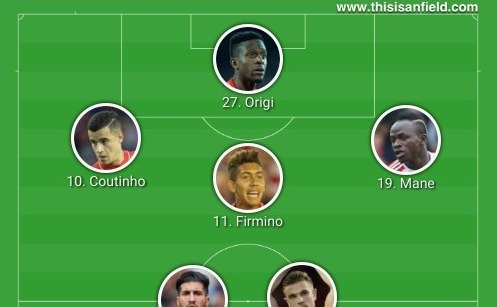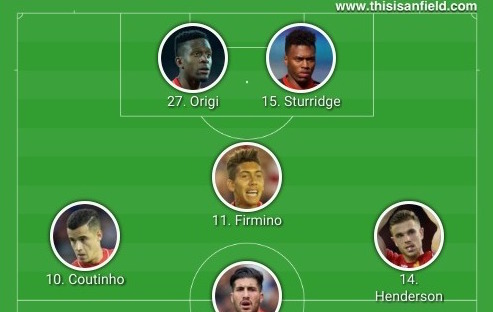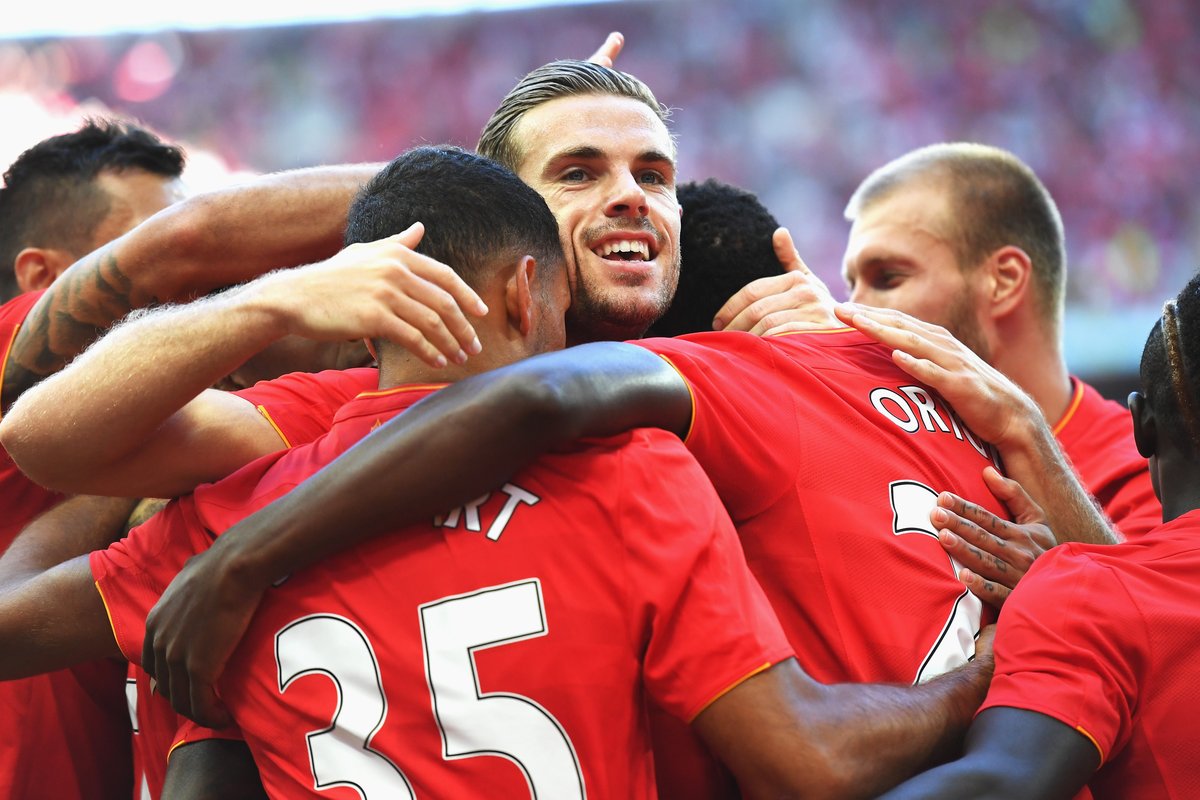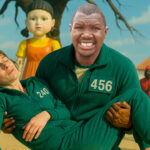Following a disappointing campaign that saw him score eight goals in 33 Ligue 1 games on loan with Lille in 2014/15, leading to a place in French publication L’Equipe‘s Worst Team of the Season (h/t the Guardian‘s Michael Butler), Origi returned to Brendan Rodgers’ Reds squad lacking confidence.
This was exacerbated by his peripheral role under the Ulsterman at Anfield, making just four appearances, including 16 minutes in the Premier League—replacing Ings late on in September’s 3-1 defeat away to Manchester United, taking up his position on the left wing.
Behind the likes of Ings, Sturridge and Benteke in Rodgers’ thinking in the centre-forward’s role, Origi was forced to feed off scraps, failing to score and registering just one assist, at home to FC Sion in the UEFA Europa League.
But Klopp‘s arrival improved the Belgian’s fortunes significantly, and with his other options injured for his first clash in the Liverpool dugout, the German turned to Origi to start away to Tottenham Hotspur.
Origi impressed, with his high-intensity, hard-running brand of attacking football helping spur a performance that saw the Reds become the first side to outrun Spurs at that stage in the season, according to the EA SPORTS Player Performance Index (h/t Sky Sports’ Adam Bate).
Speaking after that 0-0 draw at White Hart Lane, as relayed by the club’s official website, Klopp underlined his faith in Origi—a player he tried to sign as manager of Borussia Dortmund, only to be spurned by his future employer:
Divock, Phil [Coutinho] and Adam [Lallana] worked perfectly in the three, good positions for them. They did well.
[…]
I wanted to take [Origi] to Dortmund but Liverpool bought him. He is a very good player.
He is young, very fast, a good technician. At this moment, he’s not full of experience in the game because he hasn’t played so often, but we will have fun with this player, for sure.
Origi appeared in six of the next nine league games, scoring a dramatic late equaliser away to West Bromwich Albion, before a knee injury curtailed his progress. But likely stemming from his time coveting the youngster at Dortmund, Klopp had a fitness regime planned for the striker during his recovery.
“He used [the time out] for a little bit of body strength, so now he has to wear [a bigger] shirt,” Klopp told reporters including the Liverpool Echo‘s Joe Rimmer on Origi‘s return, highlighting the magnitude of the striker’s makeover.
Origi scored six goals in 17 games after his return from injury in 2016, finding the back of the net in both of Liverpool’s Europa League quarter-final clashes with Dortmund, and it was his performances against Klopp‘s former side that attest to his potential as a complete centre-forward.
At both the Westfalenstadion and Anfield, Origi vindicated Klopp‘s faith by leading the line as a dominant lone striker, and likely confirming his manager’s belief that he could be relied on as a key option in 2016/17.
Competing with Ings and Sturridge for a starting role this season, Origi is part of an enviable group of attackers under Klopp‘s management, with the German able to call upon strikers with varying attributes.
But while his fellow attackers are vastly different options, Origi serves as a combination of the two.
The 21-year-old is able to spearhead attacks with the skill and physicality of Sturridge, with his goals in 2015/16 pointing towards a blossoming finishing ability, but he also plays with the work rate and raw pace of Ings, and on his return from holiday this summer, he could take over the pair as Klopp‘s first-choice striker.
If he does, Klopp can build around Origi in a variety of systems, with the most likely being his favoured 4-2-3-1 formation:

Origi‘s strong hold-up play in the role of a lone striker against Dortmund—fending off challenges from the likes of Sven Bender, Mats Hummels and Sokratis before laying the ball into the path of his overlapping team-mates—proved the youngster is capable of functioning with this crucial duty.
But perhaps more importantly, Origi is also comfortable drifting in wide positions—as he showed in a two-goal substitute display in Liverpool’s 4-1 win over Stoke City in the league in April, scoring his second with an ambitious cross-shot from the left flank.
This would allow Origi to interchange with the likes of Firmino and Mane, with the big-money duo both adept in the central-attacking role, and provide Klopp with the tactical fluidity that allows his system to thrive.
However, if he opts to field Origi alongside one of his other strikers, Klopp could also deploy his side in a 4-4-2 diamond:

Though something of a departure for the German, who fielded a diamond on only a handful of occasions in 2015/16, flooding his central areas in a 4-4-2 could see Klopp‘s Liverpool succeed.
The prospect of Origi lining up alongside Sturridge—as he did against Stoke in April and Southampton the previous month, scoring four goals between them—should be an attractive one to Klopp, with the defence-stretching movement and technical quality of the pair ensuring his side have a real cutting edge in the final third.
Furthermore, in situations that require a more front-footed defensive approach off the ball, the combined work rate of Origi, Ings and Firmino behind them would be extremely useful.
However, as Liverpool’s 1-0 friendly win over Tranmere seemed to prove, Klopp is likely to continue with the 4-2-3-1 more often than not in 2016/17, as he attempts to mould the Reds in the image of his successful Dortmund side—suggesting that Origi would be more likely to operate as a lone striker again this season.
Origi‘s pace, persistence, intelligence and physicality should see Liverpool get the best out of him in this system, and if he continues his upward trajectory over the next 10 months, the Belgian could look to emulate Klopp‘s former No. 9, Robert Lewandowski.














